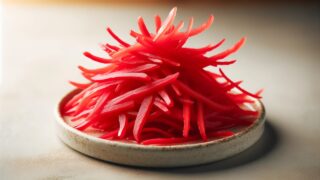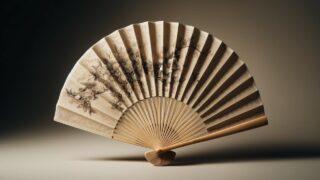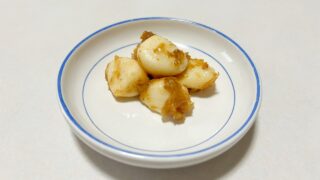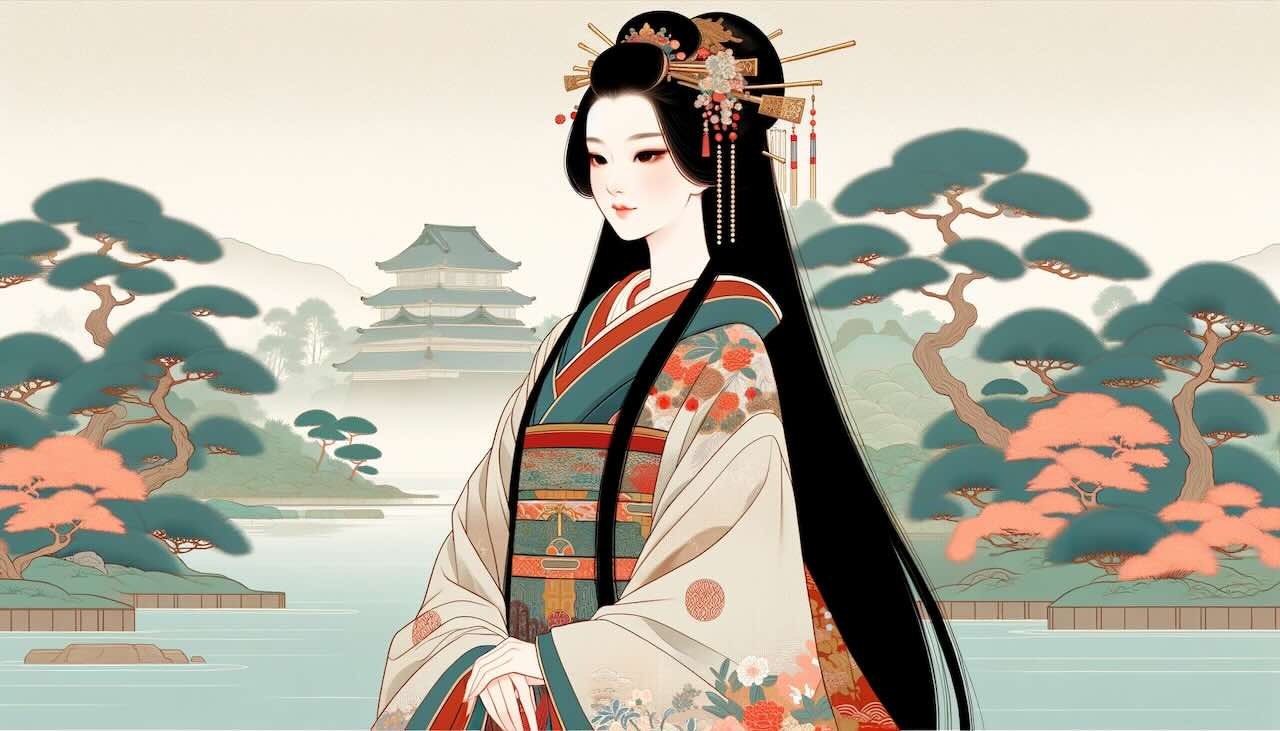- Introduction
- Timeline of Female Emperors
- 1. Empress Suiko (r. 593 – 628)
- 2. Empress Kōgyoku/Saimei (r. 642 – 645, 655 – 661)
- 3. Empress Jitō (r. 686 – 697)
- 4. Empress Gemmei (r. 707 – 715)
- 5. Empress Genshō (r. 715 – 724)
- 6. Empress Kōken/Shōtoku (r. 749 – 758, 764 – 770)
- 7. Empress Meishō (r. 1629 – 1643)
- 8. Empress Go-Sakuramachi (r. 1762 – 1771)
- Conclusion
Introduction
Throughout Japan’s history, only eight women have ascended to the imperial throne. Among these, two emperors, Empress Kōgyoku/Saimei and Empress Kōken/Shōtoku, reigned twice under different names. These female emperors took the throne during times when male heirs were absent or too young to rule, and their reigns significantly influenced the politics and culture of their respective eras. This article presents a chronological overview of Japan’s female emperors and their accomplishments.
Timeline of Female Emperors
1. Empress Suiko (r. 593 – 628)
Empress Suiko collaborated with Prince Shōtoku to protect and promote Buddhism. She also actively engaged in diplomatic relations, sending envoys to the Sui Dynasty in China.
2. Empress Kōgyoku/Saimei (r. 642 – 645, 655 – 661)
Empress Kōgyoku, consort of Emperor Jomei, was the aunt of Prince Naka no Ōe (later Emperor Tenji). During her reign, Prince Naka no Ōe and Nakatomi no Kamatari gained significant power. After abdicating, she later re-ascended the throne as Empress Saimei. Under her second reign, envoys were sent to the Tang Dynasty, and the famous Hōryū-ji temple was constructed.
3. Empress Jitō (r. 686 – 697)
Empress Jitō, the consort of Emperor Tenmu and daughter of Emperor Tenji, worked to establish the ritsuryō system and supported the accession of Emperor Monmu.
4. Empress Gemmei (r. 707 – 715)
Empress Gemmei, the granddaughter of Emperor Tenji, oversaw the minting of the Wadō Kaichin coins and the relocation of the capital to Heijō-kyō (present-day Nara).
5. Empress Genshō (r. 715 – 724)
Empress Genshō, the daughter of Fujiwara no Fuhito and mother of Emperor Shōmu, supported the Yōrō Code ceremonies and the social welfare projects of the Buddhist monk Gyōki.
6. Empress Kōken/Shōtoku (r. 749 – 758, 764 – 770)
Empress Kōken, the daughter of Emperor Shōmu, is known as Empress Kōmyō. She abdicated during the Fujiwara no Nakamaro Rebellion but later reclaimed the throne.
7. Empress Meishō (r. 1629 – 1643)
Empress Meishō, the daughter of Emperor Go-Mizunoo, was the second female emperor during the Edo period. Her reign saw the Kan’ei Reforms and the Shimabara Rebellion.
8. Empress Go-Sakuramachi (r. 1762 – 1771)
Empress Go-Sakuramachi, the daughter of Emperor Sakuramachi, was the third and last female emperor of the Edo period. The Great Meiwa Fire and the Meiwa Reforms occurred during her reign.
Conclusion
Japan’s female emperors played crucial roles in shaping the political and cultural landscapes of their times. From promoting Buddhism and overseeing diplomatic relations to supporting social welfare projects and implementing reforms, their contributions were diverse and significant. The presence of female emperors in Japanese history is noteworthy and continues to hold great importance to this day.





















